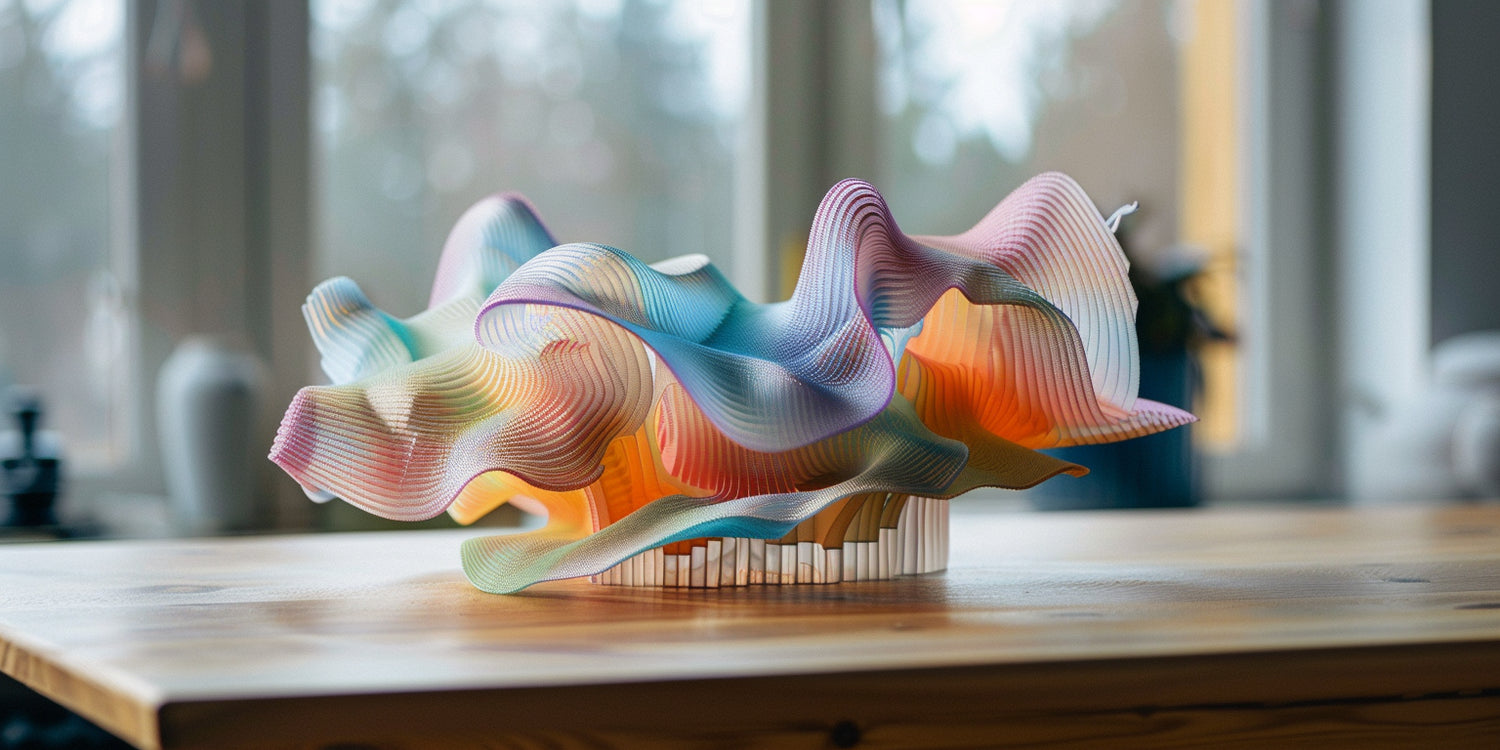n the ever-evolving landscape of additive manufacturing, the quest for vibrant, lifelike 3D prints has led to the emergence of multi-color 3D printing technologies. Among the pioneers in this domain stands the Stratasys J850 PolyJet 3D printer, renowned for its unparalleled capabilities in producing stunning, full-color prototypes and models. In this article, we'll delve deeper into how the Stratasys J850 PolyJet technology works, allowing for the seamless integration of different colors, textures, and material properties in a single print.
Understanding the Stratasys J850 PolyJet Technology
The Stratasys J850 PolyJet printer operates on the PolyJet technology, a state-of-the-art additive manufacturing process that utilizes photopolymer materials cured with UV light to build objects layer by layer. What sets the J850 apart is its ability to precisely jet multiple materials simultaneously, allowing for the creation of multi-color prints with varying material properties.
How Does It Work?
1. Inkjet Printing Heads
The J850 PolyJet printer features multiple inkjet printing heads, each capable of jetting different materials onto the build platform. These materials include photopolymers in various colors, opacities, and textures, as well as support materials for overhangs and complex geometries.
2. Layer-by-Layer Deposition
The printing process begins with the deposition of a thin layer of photopolymer material onto the build platform. The inkjet printing heads then precisely deposit colored droplets of material onto the layer, guided by the digital design file. By mixing primary colors at the droplet level, the printer achieves a wide gamut of colors, enabling lifelike reproductions of digital models.
3. Simultaneous Curing
As each layer is deposited, it is immediately cured with UV light to solidify the material. This rapid curing process ensures that the layers adhere to one another, resulting in strong, stable prints. Additionally, the printer can vary the intensity of UV light to control the hardness or softness of the printed materials, allowing for the creation of parts with varying durometers in a single print.
Realizing Multi-Color and Multi-Material Prints
1. Color Mixing
By jetting tiny droplets of primary colors onto the build platform and mixing them at the droplet level, the J850 PolyJet printer achieves precise color blending, enabling the reproduction of intricate color gradients, textures, and patterns.
2. Material Properties
The printer can jet multiple materials with varying properties, including rigid, flexible, transparent, and opaque resins, in a single print. By adjusting the composition and distribution of materials within each layer, the printer can create parts with different levels of hardness, flexibility, and transparency.
Applications and Benefits
-
Prototyping: The ability to create full-color, multi-material prototypes with varying textures and properties accelerates the product development process and enhances design validation.
-
Visualization: Architects, designers, and educators can use multi-color 3D prints to convey complex ideas, visualize concepts, and engage stakeholders with realistic, tactile models.
-
Customization: Businesses can offer personalized products and promotional items with vibrant colors, intricate details, and tailored material properties to captivate customers and drive brand engagement.
Conclusion
The Stratasys J850 PolyJet technology represents a paradigm shift in 3D printing, enabling the creation of vibrant, lifelike prints with unmatched accuracy and versatility. By seamlessly integrating multi-color printing with varying material properties, the J850 empowers designers, engineers, and innovators to unleash their creativity and bring their ideas to life in vivid detail. Partner with us to harness the transformative power of multi-color 3D printing and elevate your projects to new heights of innovation and excellence.




Leave a comment
This site is protected by hCaptcha and the hCaptcha Privacy Policy and Terms of Service apply.